7 Facts You Didn't Know About Moissanite
-
- Table of Contents
- 1、The Origin of Moissanite
- 2、Brilliance
- 3、Hardness
- 4、Colors
- 5、Clarity
- 6、Cutting
- 7、Applications
The Origin of Moissanite
Fifty thousand years ago, a meteorite fell through the sky in Arizona, creating a giant crater 570 feet deep and a mile in diameter on the surface, and scattering some of its remains in the desert. This is how moissanite came to be.
Moissanite also known as synthetic carbon silica (chemical composition SiC). Natural moissanite dates back to the late nineteenth century, and the term moissanite comes from Dr Henri Moissanite, who discovered the mineral in the Arizona Meteorite Crater in 1893. Most moissanite on the market is synthetic, and natural moissanite is very rare.
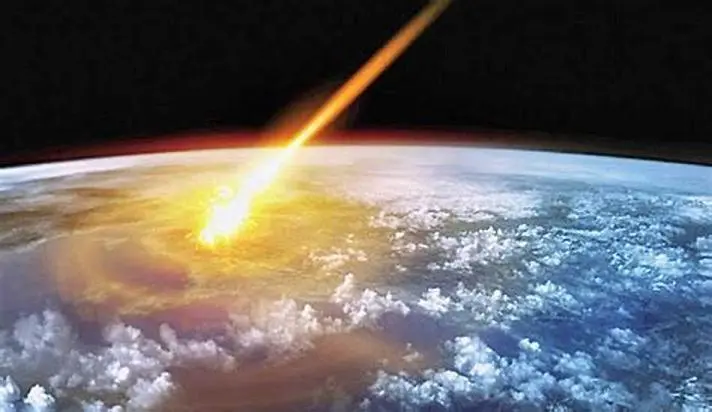
Brilliance
Moissanite is so similar in appearance to a natural diamond that it is difficult to distinguish with the naked eye, and is the stone with the closest physical characteristics to a natural diamond.
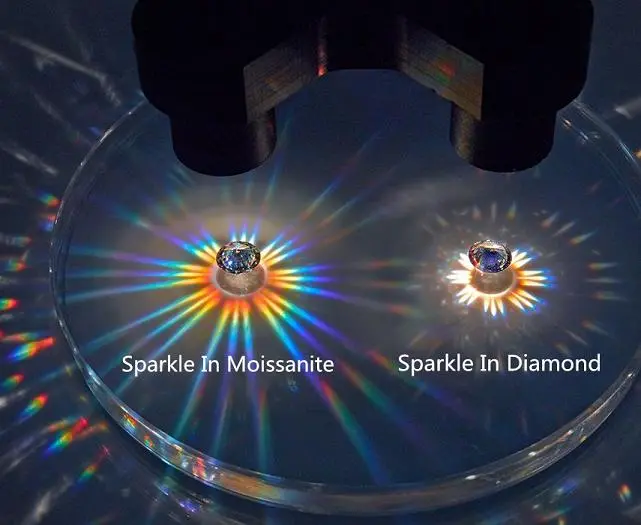
The exceptional beauty of moissanite's fire colour is due to the physical, chemical and optical properties of its crystals. This stone has a very high refractive index of 2.65-2.69 (2.42 for diamonds), a dispersion index of 0.104 (0.044 for diamonds) and a brilliance of 20.4 (17.2% for diamonds). Moissanite is therefore the preferred alternative to diamonds and is widely used in jewelry. Jewelry set with moissanite looks even more dazzling.
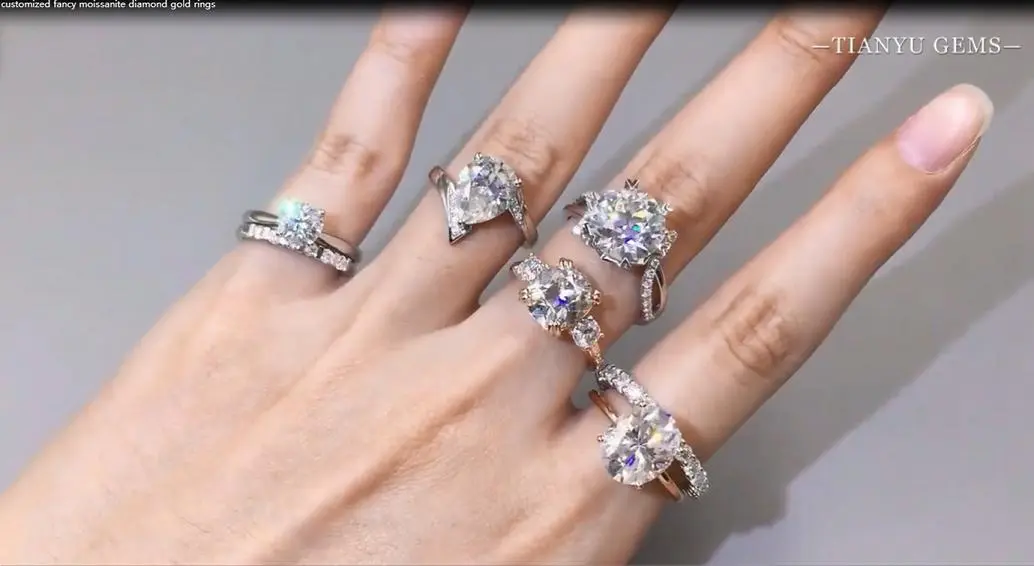
Hardness
To know whether a gemstone is easily scratched or worn, you must first know what its Mohs hardness value is (Mohs hardness is measured from 1 to 10). In other words, the higher the Mohs hardness number, the less likely the stone is to be scratched or worn. Moissanite has a Mohs hardness of 9.25 (10 for diamonds), second only to diamonds.
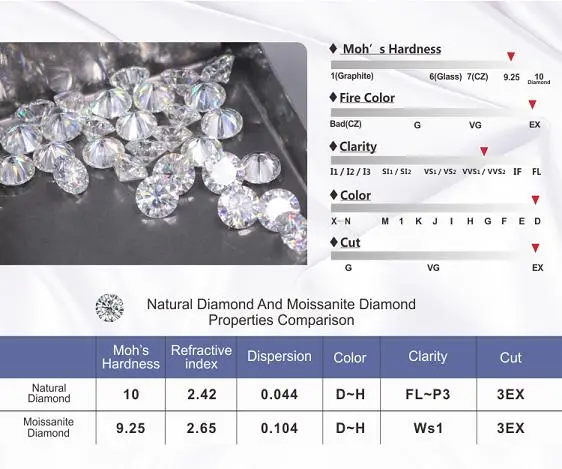
Colors
The most common color of moissanite on the market is white. The colors of moissanite currently sold by Tianyu Gems are white, yellow, blue, blue-green, green, black, gray, and champagne.
As we all know, the color grade of a diamond is highest when it is colorless, and the same applies to moissanite. The more transparent the color, the more beautiful the sparkle refracted by light when it penetrates. Moissanite have 3 color grades as follows:
D-F: Colorless
G-I: Near Colorless
G-I: Near Colorless

Clarity
A moissanite clarity grade is an indication of the amount of flawed inclusions within the moissanite. A 100% flawless stone is almost non-existent. The inclusions in moissanite cannot be seen with the naked eye and need to be seen under a microscope. Depending on the amount of moissanite inclusions, it is possible to classify moissanite clarity into the following 5 grades:
FL, IF: Flawless and internally flawless
VVS1, VVS2: Very, very slightly included
VS1, VS2: Very slightly included
SI1, SI2: Slightly included
I1, I2, I3: Included
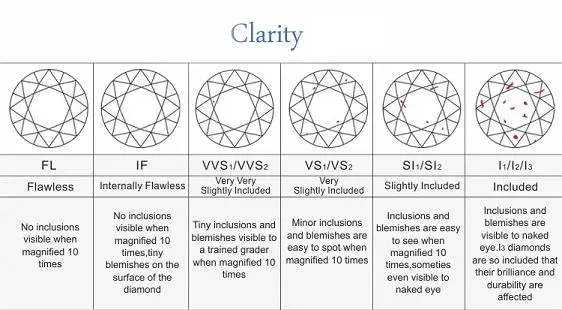
Cutting
Moissanite comes in many cuttings. The most common is the heart and arrow cut. Such as 8 hearts and arrows, 9 hearts 1 arrows, 12 hearts and arrows, 16 hearts and arrows. The most popular cuts are oval cut, pear cut, cushion cut and rectangle cut.
Other cuttings are princess cut,OEC cut, crushed ice cut, radiant cut, emerald cut, baguette cut, marquise cut, trapezoid cut, hexagon cut, elongated cushion cut, trilliant cut, heart cut, triangle cut, octavia cut, lucere cut, radiant brilliant cut, etc.
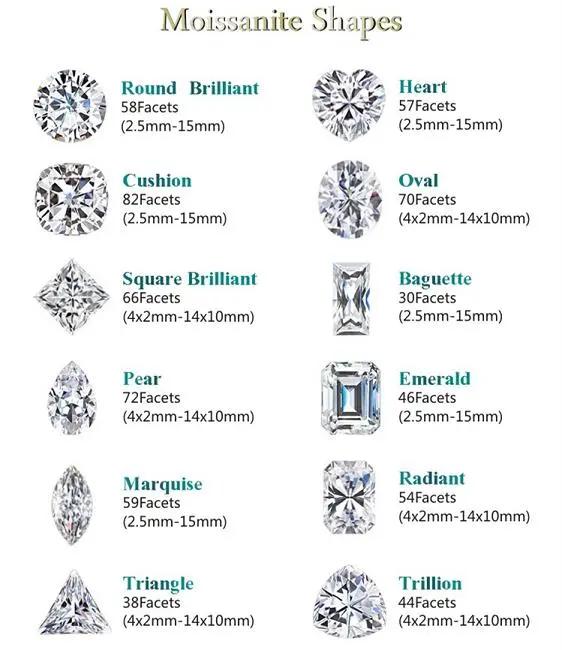
Applications
Moissanite's internal structure, values and appearance are so strikingly similar to diamonds that even when tested with a diamond pen, it can be judged as a diamond and difficult to distinguish. Yet moissanite is able to sparkle brighter and fire more spectacularly than a diamond, while costing 1/10th of the price of a diamond!
Although moissanite is only a gemstone, moissanite has many uses. For example, moissanite is used for the automobile parts, steel production, graphene production, jewelry setting, etc.
Because moissanite is the stone most closely resembling a diamond, and is much cheaper than a diamond. Therefore, moissanite jewelry is a great alternative to diamond jewelry.
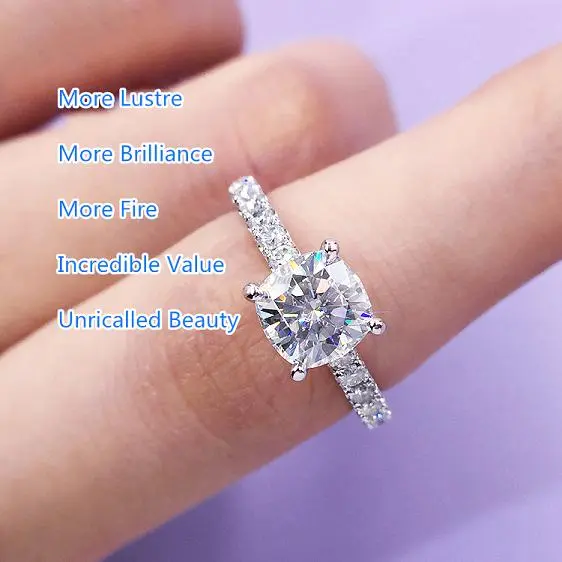
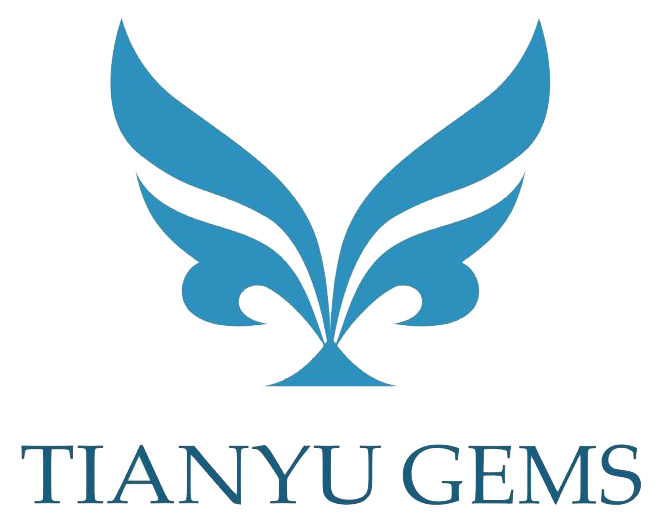

 Back to Top
Back to Top
 Email Us
Email Us +8613481477286
+8613481477286


.png)
